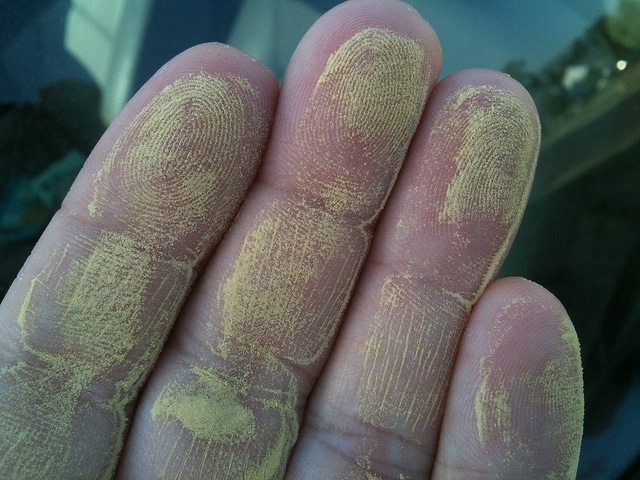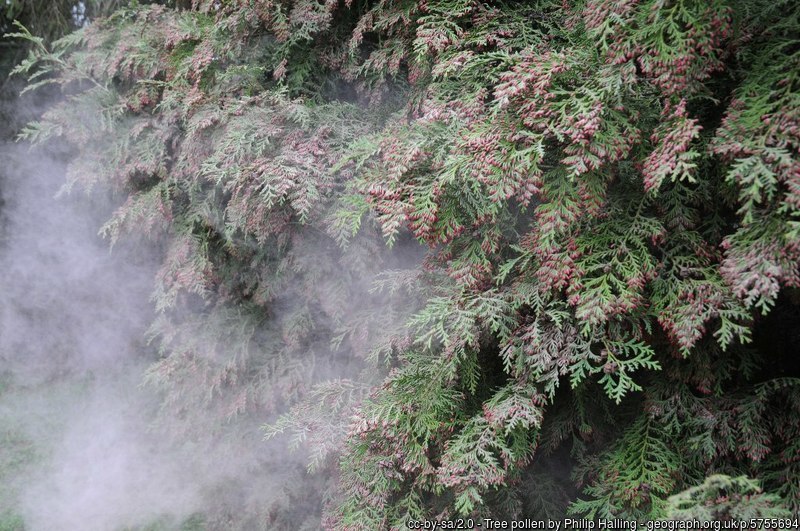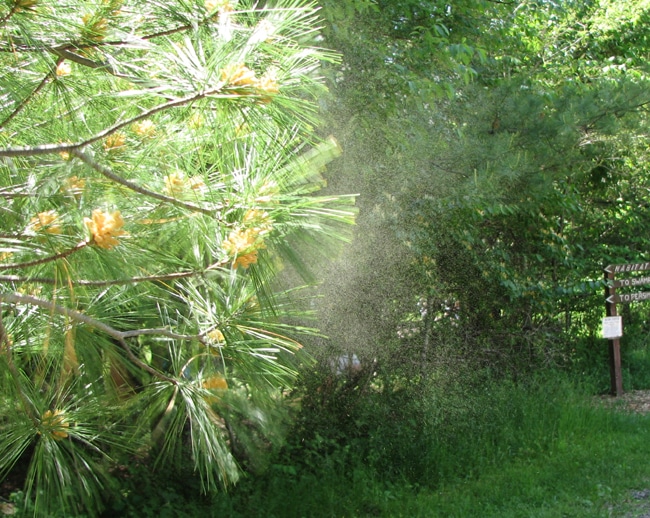Itchy eyes, watery noses, dry, scratchy throats, and the hacking and coughing that comes along with pollen allergies is unknowing to say the very least. Sometimes it’s downright debilitating and especially this time of year where everything is coming out in full bloom and seeds are being spread everywhere. Did you know that allergies affect up to 20% of the population to some degree and includes all of these symptoms and more? Symptoms are usually worse when the weather’s clear, dry, and breezy and tend to be more calm with drizzly weather, a good thing for the Pacific Northwest.
But these symptoms start in February and March, typically due to tree pollen, particularly the older and birch. Some symptoms can be caused by meadow grass pollen and non-flowering plants but some of the worst offenders can be trees we have in our backyard. Although most Fir and Hemlock don’t admit too much of a pollen count, other trees such as oak, elm, maple, and mulberry can be culprits. Other Pacific Northwest allergy producing trees may include the Cottonwood, Hickory, Juniper, pecan trees, cedar, sycamore, walnuts, and Willows. There are more, but for the sake of talking about trees in our own area, let’s stick to these. The cedar is probably the biggest culprit around our area followed by the birch and alder.

How to Diminish Allergies
The highest pollen counts are typically between 5 AM and 10 AM, so limiting your outside exposure during those times can be helpful in diminishing your allergies. Another way to diminish your allergies is by keeping your car in the garage so that it does not get a layer of pollen on it every night. You can wipe your feet or take off your shoes before entering the house. Empty your vacuum outdoors and keep your hair tied up when working in the garden.
Pollen can act like a magnet to your hair so wash your hair after your last trip outside before bed. Wear a hat or bandanna.
Keep the windows and doors closed. I know that’s tricky this time of the year when we want the breezes to blow in, but if you’re trying to create a safe space for your allergies not to flareup, keeping as much pollen outside as possible is really the key.
Try to keep porches as clean as possible and don’t stir up a lot of dust if you don’t have to.

But should you cut the tree down?
If you have one a large tree in your backyard that is a pollen producing nightmare, it may help, but if your neighbor has the same tree or if there are similar trees within a 100-foot radius, it’s almost pointless. It might cut down some of the allergens, but stirring up the tree this time of year may be worse before it’s better.
So what do you do if your neighbor wants to cut down a pollen producing tree and you’re deathly allergic? I recently read an article about “A couple in Palo Alto, California, is having a dispute with the city about cutting trees next to their property. The couple wishes to remove the trees because (or so they say) they have allergies. The city is refusing the request.” [Source]
It’s really a big picture process here. A lot of people have allergies, including myself, but I’m not too sure it’s a good idea to cut down trees on properties where the owners have allergies since the same trees are usually close by anyway.
We do, however, suggest cutting down trees that are causing too much debris in the yard, have a disease or pest infestation, or are dead and becoming a hazard. These are far more detrimental than the sneezing fit you might have every day because of the tree. If you’re concerned about the hazard of the tree give us a call for an estimate.
